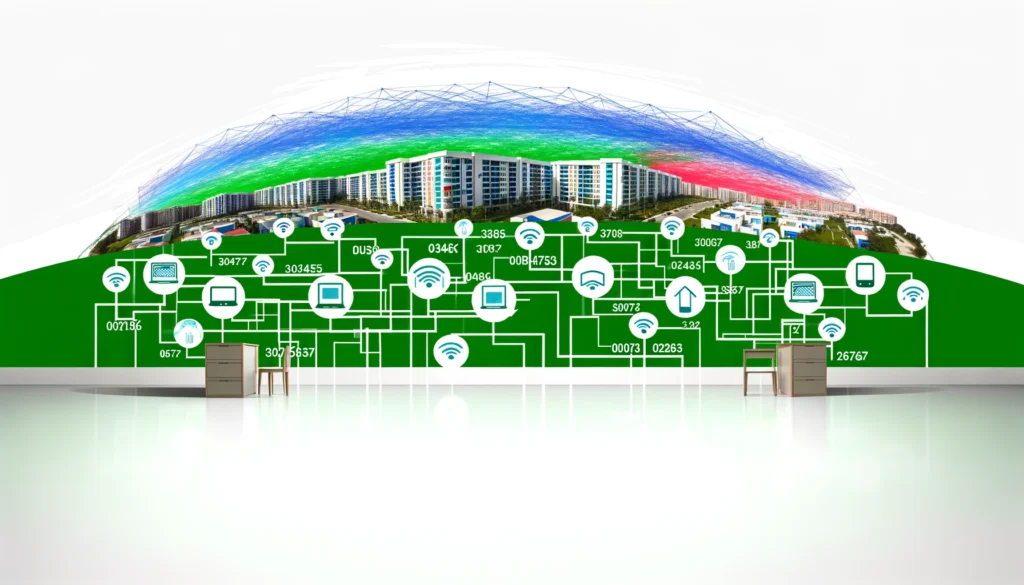Exploring the Impact of Network Standards on Enhancing Web Connectivity in Multi-Unit Units
Exploring the Impact of Network Standards on Enhancing Web Connectivity in Multi-Unit Units
Blog Article
Network standards serve a crucial function in improving web connectivity, particularly in multi-dwelling units (MDUs) like flat buildings and condo complexes. These standards outline how data is communicated over networks, guaranteeing that devices can interact efficiently. As more individuals rely on the web for work, learning, and entertainment, having a reliable and high-speed link in MDUs has become progressively important. By comprehending Ethernet protocols, property administrators and residents can make knowledgeable choices about their internet provisions, leading to improved connectivity for all.
One of the primary Ethernet standards is IEEE 802.3, which details the requirements for cabled Ethernet connections. This standard has developed over the decades, bringing faster speeds and improved efficiency. For instance, the initial Ethernet specification offered speeds of 10 Mbps per sec, while more recent versions, such as Gigabit, can provide rates of up to 1,000 Mbps. In MDUs, where multiple tenants utilize the common web connection, having a high-speed Ethernet network can greatly improve the overall user experience. Faster speeds mean faster file transfers, more seamless streaming, and more reliable video calls, which are essential for remote employment and virtual education.
Another significant aspect of Ethernet protocols is the implementation of structured cabling systems. These systems organize and coordinate the system cables that connect devices within a building. By following the guidelines set by Ethernet standards, MDUs can guarantee that their cabling is efficient and effective. This organization assists minimize signal disruption and enhances data transfer standards. Additionally, organized wiring allows for simpler improvements and servicing, allowing it easier for building managers to adapt to changing technology needs. As internet usage continues to increase, having a properly organized wiring infrastructure is crucial for ensuring top-notch access.
Electricity over Ethernet (PoE) is another important advancement in Ethernet tech that aids MDUs. PoE enables network wires to transmit power electricity together with information, removing the need for individual electric supplies for equipment like safety cameras, Wi-Fi connectivity points, and VoIP devices. This capability streamlines Full Report setup and minimizes disorder, allowing it simpler to establish a complete system in multi-unit buildings. By leveraging PoE, building administrators can improve safety and boost web connectivity throughout the complex without the added expense of additional electrical work.
In conclusion, Ethernet standards have a profound effect on internet connectivity in multi-unit buildings. By providing faster rates, organized cabling, and innovative capabilities like Electricity over Ethernet, these standards assist establish a reliable and effective network for residents. As tech continues to progress, remaining informed about Ethernet standards will be crucial for property administrators and tenants alike. By investing in the appropriate infrastructure, MDUs can ensure that all tenants enjoy a smooth internet experience, rendering their homes more connected and accessible.